Tom Clancy's Ghost Recon 2
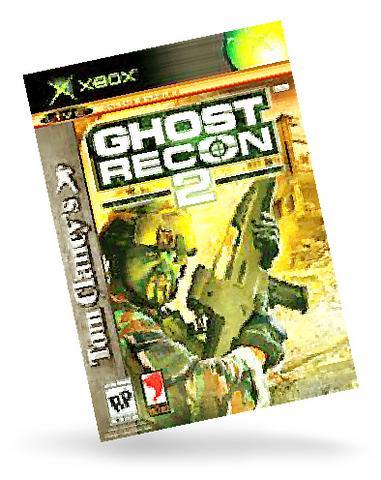
Publisher: Ubisoft
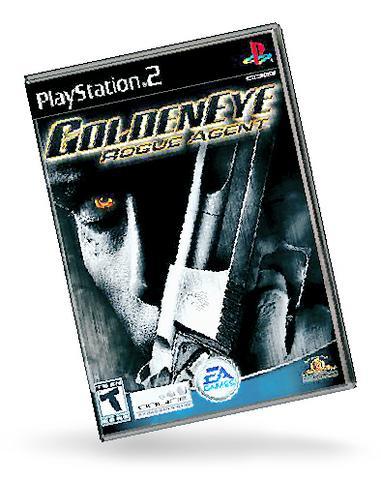
Platform: X-Box and PS2
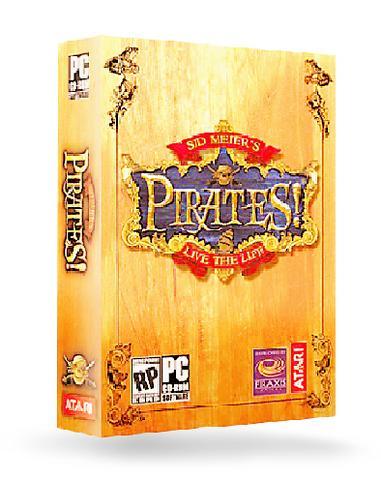
Taiwan release: mid December
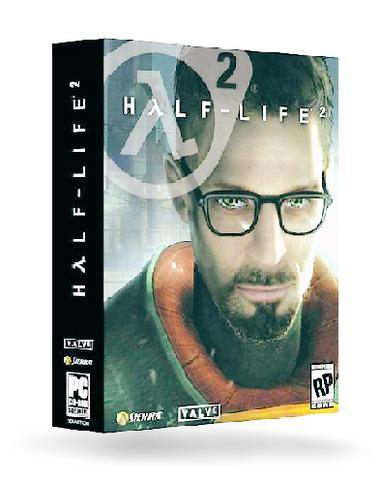
The annoying nuances that made Ghost Recon 1 one of the slowest and most boring tactical first-person shooters ever in the Tom Clancy line of console/PC games have thankfully been stamped out and the second game in the Ghost Recon series is, instead, a very playable and straightforward run-and-gun action game.
Like its predecessor, the story line remains heavily political. The Ghost Recon squad of elite commandos is tasked with operating in North Korea and must face off against the forces aligned with a North Korean general who has diverted humanitarian aid to the army and is hell bent on turning the entire Korean peninsular into a war zone.
The most immediate, and certainly noticeable change to the original format is that of perspective. While the original Ghost Recon was a strictly first-person affair, Ghost Recon 2 gives gamers the chance to play in third-person mode.
The pulled-back perspective offers players a greater line of sight and, needless to say, makes it a lot easy to control both their individual character and the squad. The manner in which orders are relayed has been stripped down to a bear minimum. Instead of fighting with the paddle to relay simple commands, general orders can be given at the touch of a single button.
The game's AI has also been improved. Enemy forces rarely, if ever, appear in the same place twice, squad member's spot and take out enemy troops as soon as they see them and, more importantly, they never obstruct the player's character.
Thanks to these basic, yet important improvements, Ghost Recon 2 is a genuinely enjoyable shooter that will appeal to any gamer with a passion for graphically pleasing fast paced, squad based true-to-life armchair gunplay.
Golden Eye: Rogue Agent
Publisher: EA Games
Platform: X-Box, PS2
Taiwan release: already available
The latest in a long line of EA produced 007 themed console games, Golden Eye: Rogue Agent is a dud from the off. It not only lacks the clout and entertainment value of its forerunners, but to make matters worse the storyline will leave fans of "Bond, James Bond" gagging.
As is to be expected from any EA game the graphics are faultless, but the game itself has a dreary plot and game play is laborious at best. To cap it all, the secret agent hero no longer works for her Majesty's Secret Service, but has instead become a rogue agent and is now in the pay of the bad guys.
Golden Eye's campaign mode spans eight missions and puts players in the role of the former good guy who, after being shot in the eye by Dr No now works for one-time arch enemy, Goldfinger. If not for the inclusion of a host of well-known Bond villains, who make cameo appearances throughout the game and add amusing twists to the weak plot, this is a game that would seriously not be worth playing.
Sid Meier's Pirates!
Publisher: ATARI
Platform: PC and X-Box
Taiwan release: late December
Sid Meier's has been responsible for some of the greatest and most absorbing computer games. Civilization was notable but the most groundbreaking of all his games was 1997's Pirates.
Now, seven years and several generations of computer graphic know-how later, Meier's has unleashed his second installment of Pirates and it is, without doubt, one of the most fascinating and absorbing strategy games to be released in a long time.
Sid Meier's Pirates! is an addictive open-ended action/strategy game that allows players to take on the role of a 17th Century treasure hunter, explorer and trader in nefarious goods. The crux of the plot revolves around the swashbuckling, rapier-wielding hero's attempts to reap revenge on an evil Spanish nobleman who wronged his family.
The graphics are truly spectacular. A combination of expertly rendered and beautiful colors bringing the lush green and deep blue hues of the Caribbean to life in ways never before experienced in console or PC gaming.
The game's interface is user friendly and actual game play is remarkably easy to pick up considering the huge amount of action and the amount of options that players are given in regards which places to go, which people to see and, more importantly, who to trust.
Half Life 2
Publisher: VU Games
Platform: PC and X-Box
Taiwan release: already available
The game that reinvented the first-person shooter is back with a vengeance this month, as Gordon Freeman returns to gaming store shelves in Half Life 2 in an adventure that is even more technically and graphically amazing to behold than the last.
If you never played the original then before setting out on Freeman's latest adventure you're advised to purchase a copy. Half Life 2's storyline is weak and players unfamiliar with the Black Mesa incident and the Combine will be slightly confused as to what, who and where they are.
There are no cut-scenes or narratives this time around and players are immersed in frantic run-and-gun action from the start. As soon as the shooting starts it's a nonstop battle for survival. The graphics are stunning. Not that you'll have much time to absorb their beauty.
Armed with a formidable arsenal, sadly most of which is recycled from the first game and includes the machine gun, shotgun, crossbow, and, of course, Freeman's trusty crowbar, players are tasked to destroy all enemy forces.
Players will be on their own for much of the game, but in some of the later stages you do get the chance to fight alongside allies, both alien and human. You never develop any attachments to your teammates, though, and, in what is the game's biggest flaw, some of them have a tendency to get in your way, especially when fighting in confined spaces.

April 28 to May 4 During the Japanese colonial era, a city’s “first” high school typically served Japanese students, while Taiwanese attended the “second” high school. Only in Taichung was this reversed. That’s because when Taichung First High School opened its doors on May 1, 1915 to serve Taiwanese students who were previously barred from secondary education, it was the only high school in town. Former principal Hideo Azukisawa threatened to quit when the government in 1922 attempted to transfer the “first” designation to a new local high school for Japanese students, leading to this unusual situation. Prior to the Taichung First

Chinese Nationalist Party (KMT) Chairman Eric Chu (朱立倫) hatched a bold plan to charge forward and seize the initiative when he held a protest in front of the Taipei City Prosecutors’ Office. Though risky, because illegal, its success would help tackle at least six problems facing both himself and the KMT. What he did not see coming was Taipei Mayor Chiang Wan-an (將萬安) tripping him up out of the gate. In spite of Chu being the most consequential and successful KMT chairman since the early 2010s — arguably saving the party from financial ruin and restoring its electoral viability —

The Ministry of Education last month proposed a nationwide ban on mobile devices in schools, aiming to curb concerns over student phone addiction. Under the revised regulation, which will take effect in August, teachers and schools will be required to collect mobile devices — including phones, laptops and wearables devices — for safekeeping during school hours, unless they are being used for educational purposes. For Chang Fong-ching (張鳳琴), the ban will have a positive impact. “It’s a good move,” says the professor in the department of
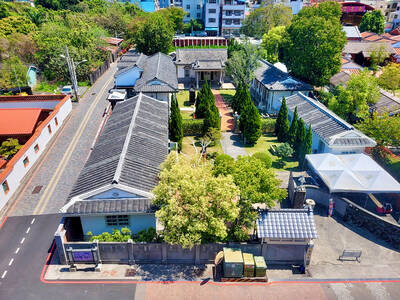
Toward the outside edge of Taichung City, in Wufeng District (霧峰去), sits a sprawling collection of single-story buildings with tiled roofs belonging to the Wufeng Lin (霧峰林家) family, who rose to prominence through success in military, commercial, and artistic endeavors in the 19th century. Most of these buildings have brick walls and tiled roofs in the traditional reddish-brown color, but in the middle is one incongruous property with bright white walls and a black tiled roof: Yipu Garden (頤圃). Purists may scoff at the Japanese-style exterior and its radical departure from the Fujianese architectural style of the surrounding buildings. However, the property